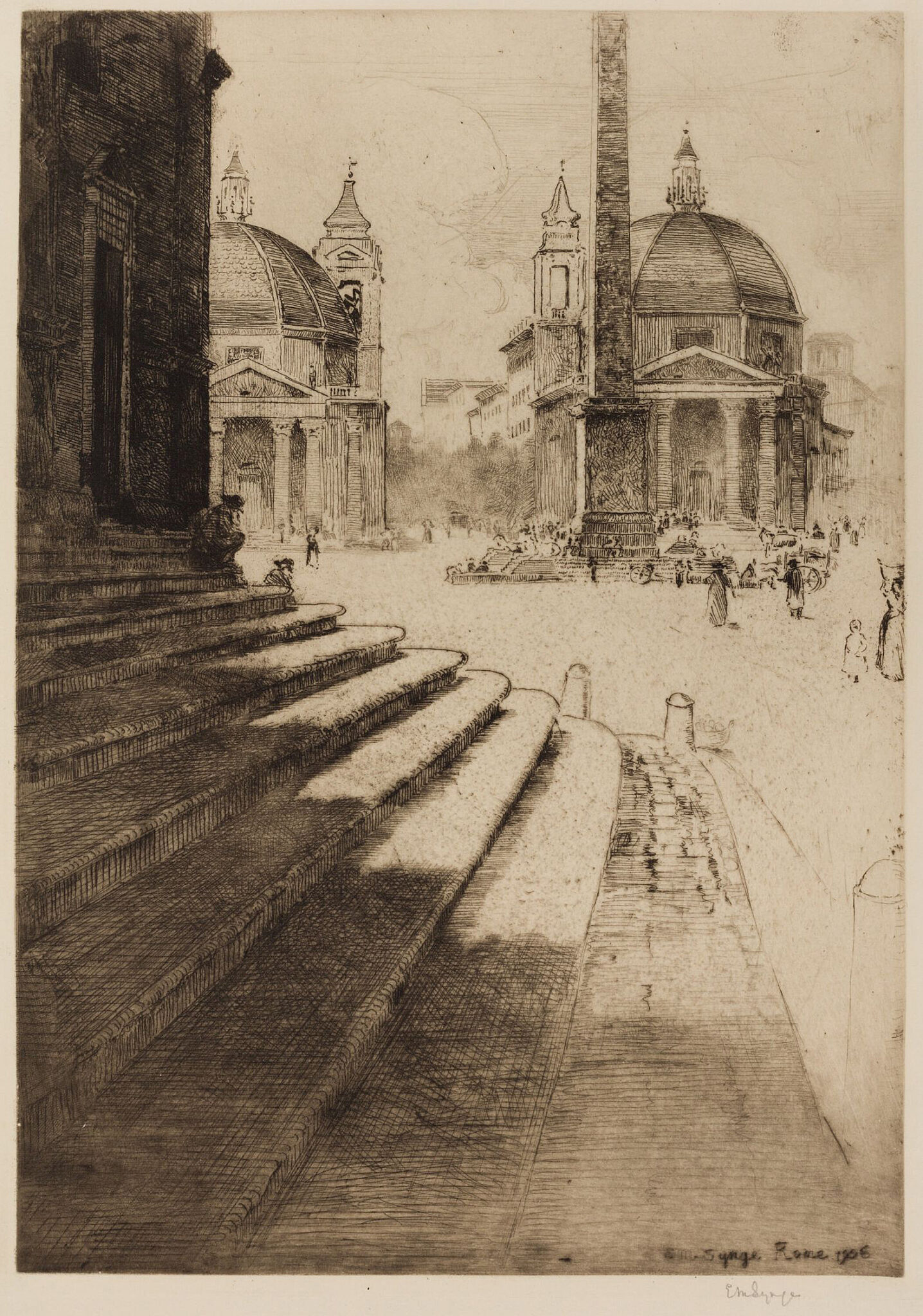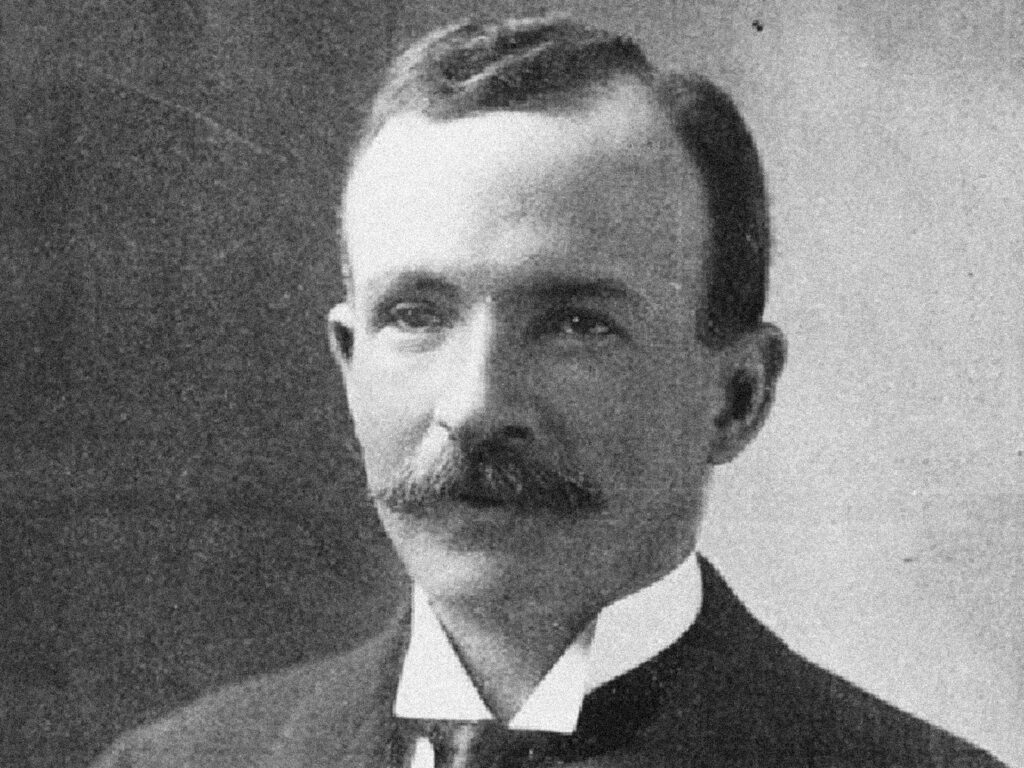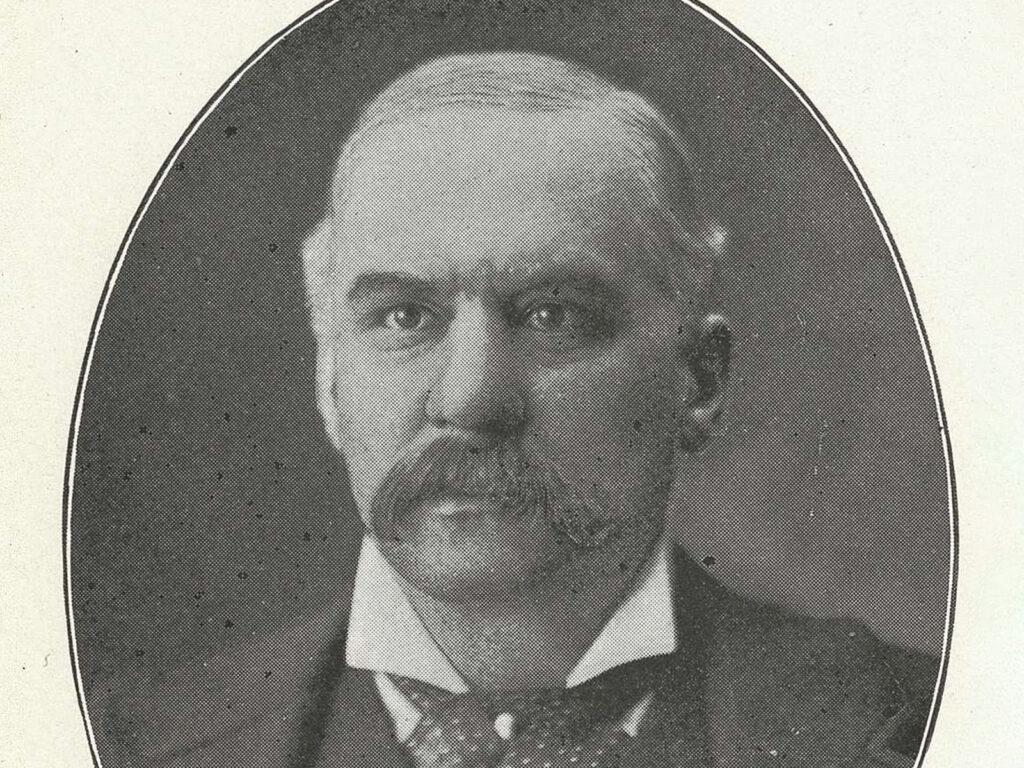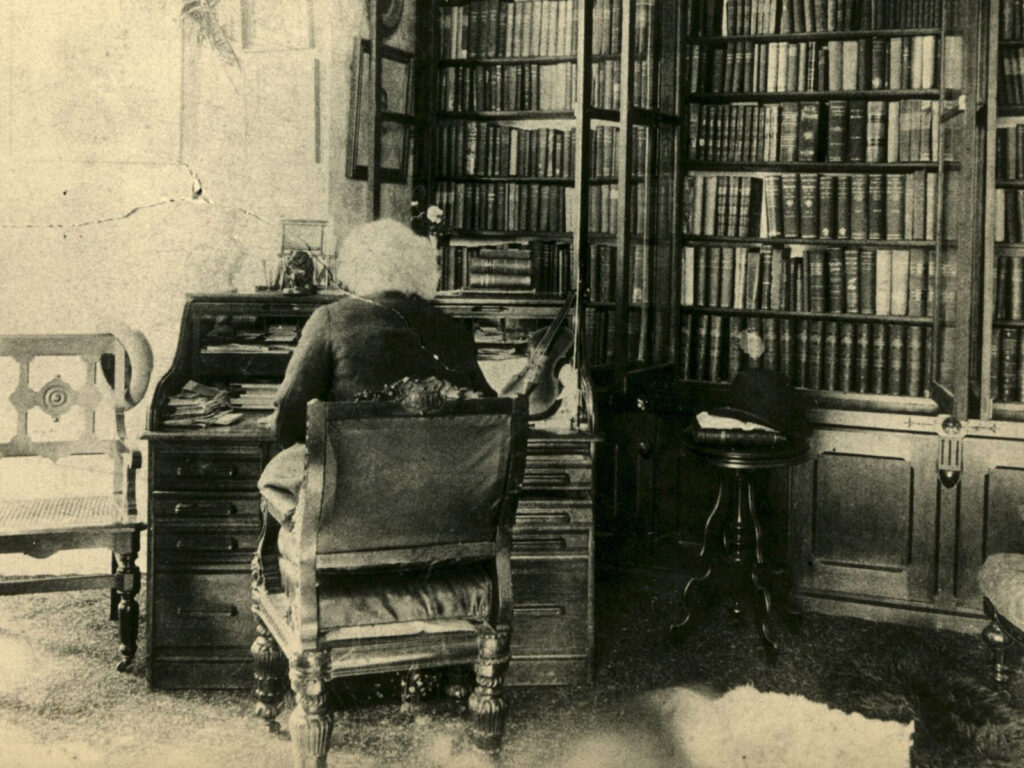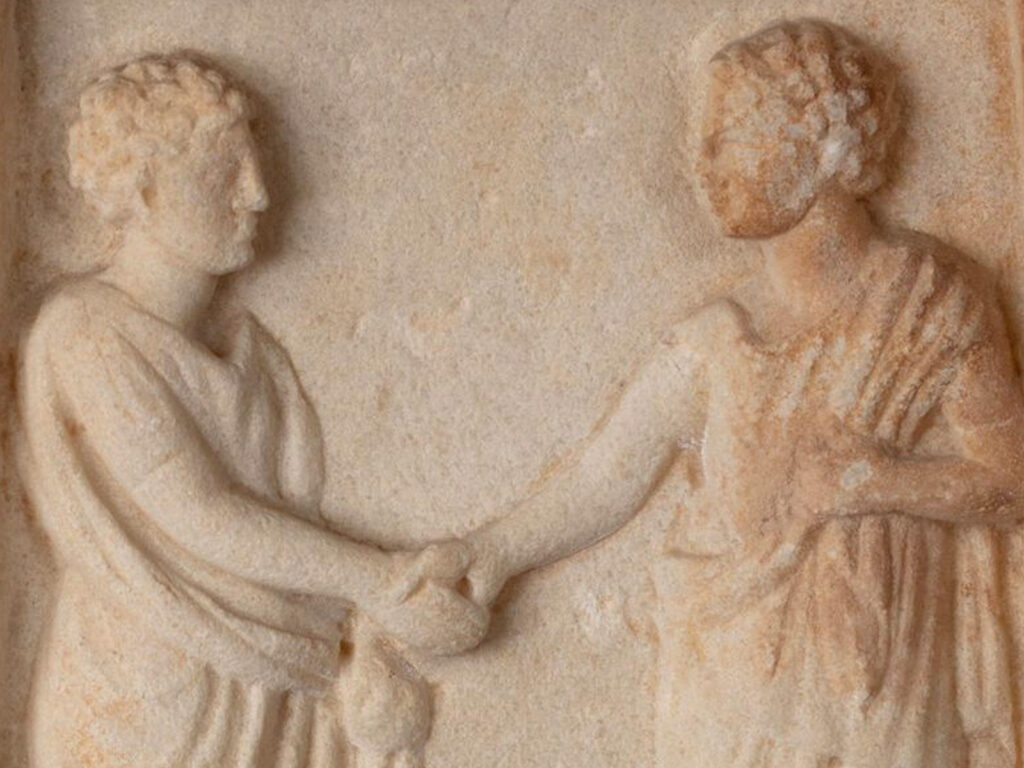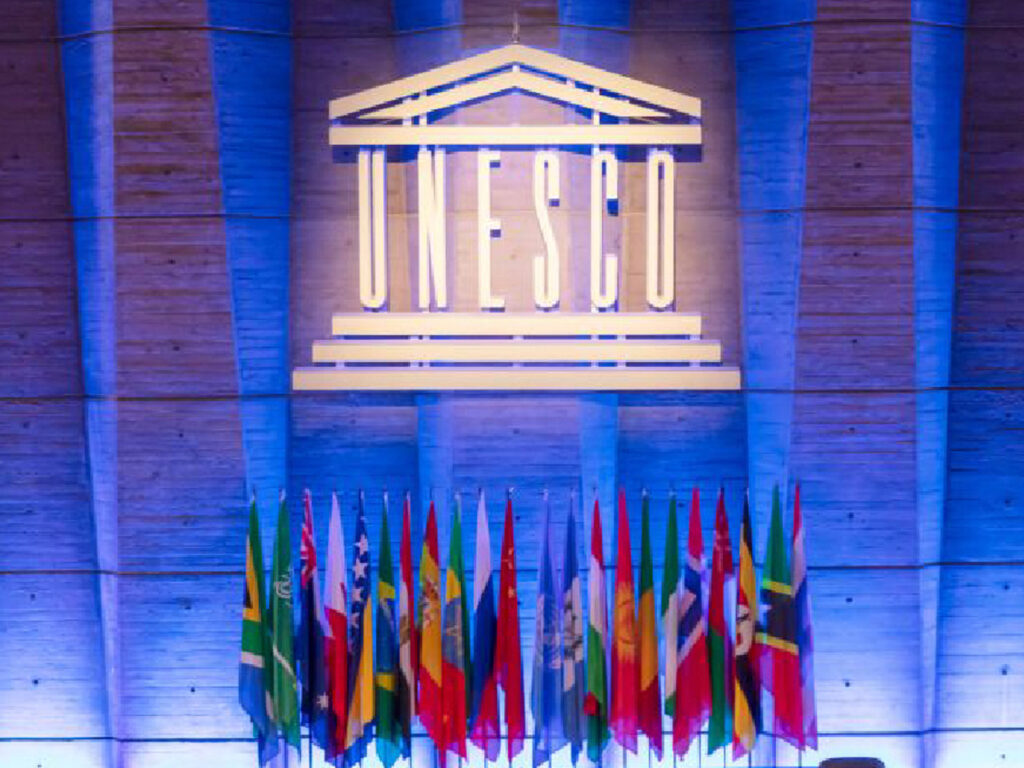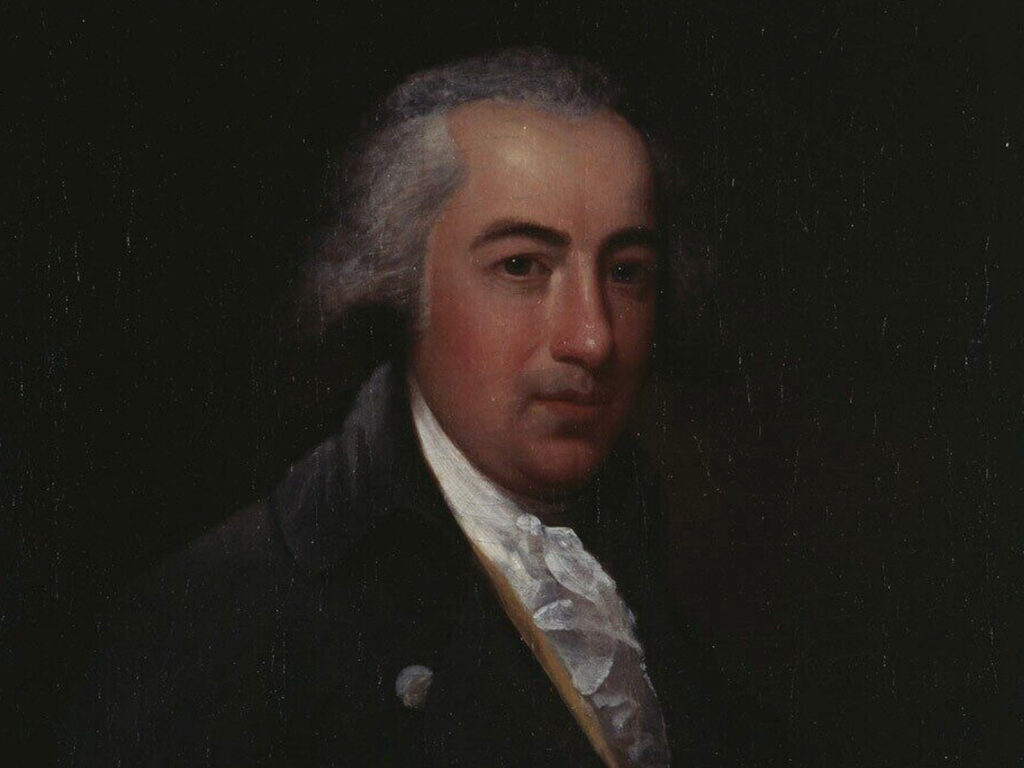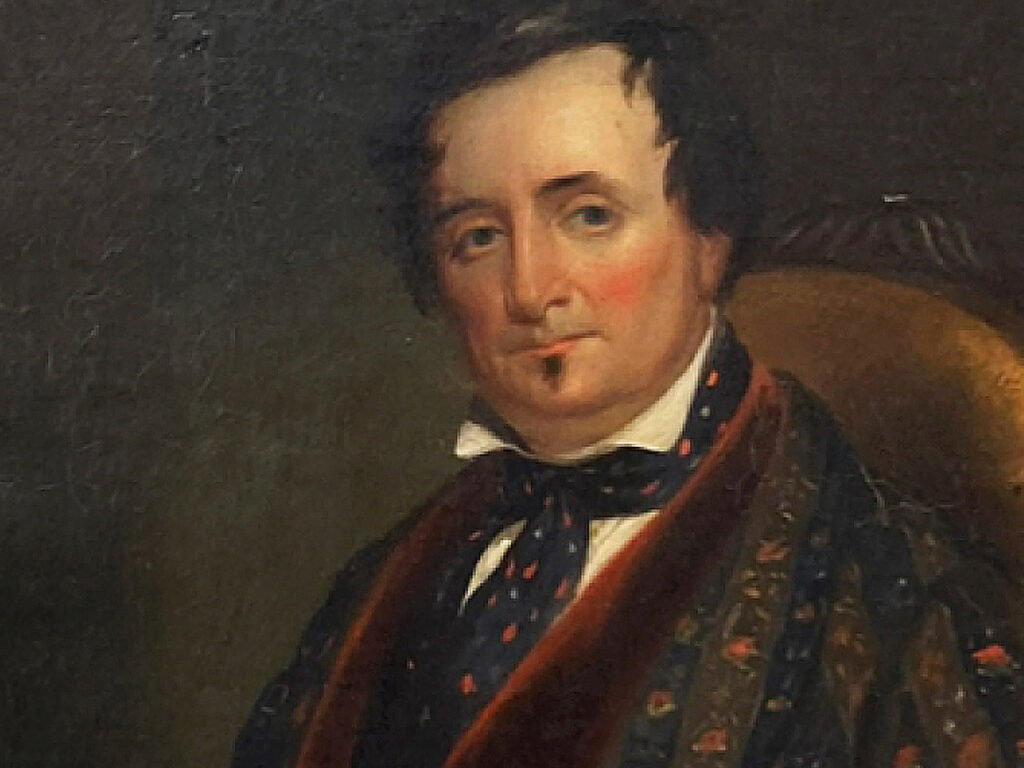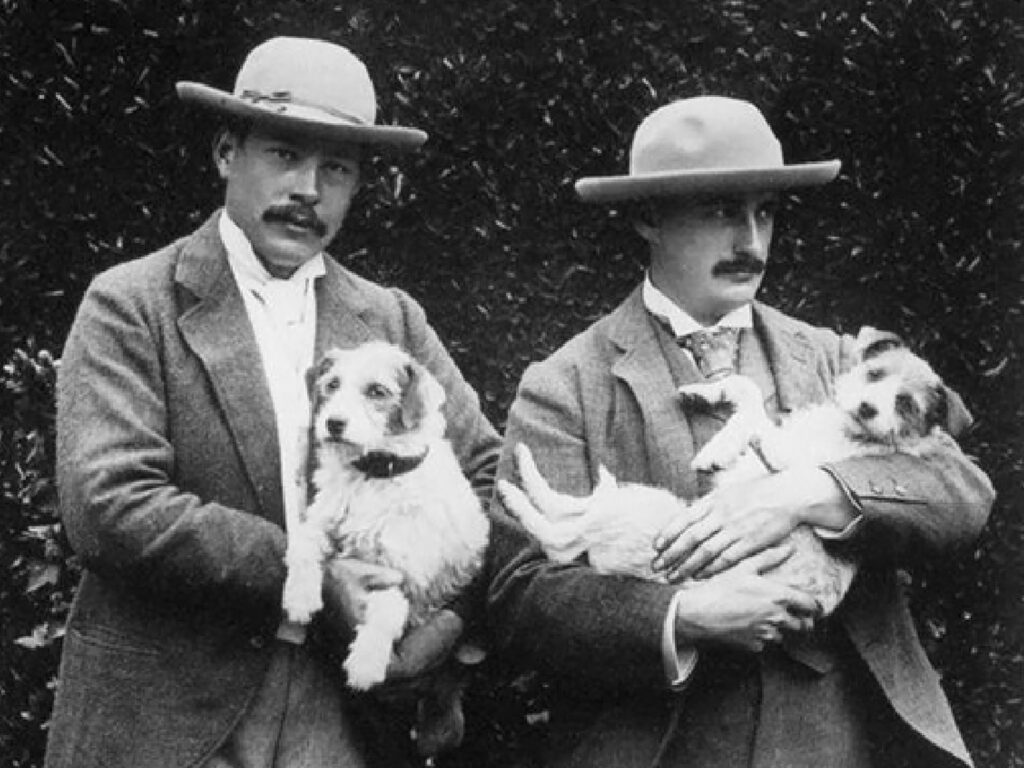When I teach my classics seminar Imagining Rome, on the many ways Rome has long-served as a locus of longing and discovery, the romance The Marble Faun (1860), by Nathaniel Hawthorne (1804–1864), Class of 1825, centrally figures in our discussion of the nineteenth-century American reception of Rome. In addition to providing his readers with a romantic vision of ancient ruins, Hawthorne’s remarkably precise and accurate writing about the various locales inspired many tourists to use the novella as a sort of guidebook—in some cases, quite literally, as exemplified by a copy of the book in the exhibition. The book’s owner undid the original binding, interleaved the text with early photographic postcards, and then had it rebound, so that the book might embody the reader’s desire to experience the text visually.
Still photography brought Rome to life for audiences in far-off places, making the city a natural focal point for the moving image as well. Many of the most memorable films of the twentieth century used Rome not simply as the backdrop but as a central character in the plot, exploiting both its enduring beauties and its constant condition of ruin and decay to trace inner journeys of self-discovery and self-knowledge. Among the films my students view in my Imagining Rome course, two stand out for the many ways in which they integrate the visual power of Rome into the narrative: William Wyler’s delightful romance Roman Holiday (1953) and Federico Fellini’s magical semiautobiographical Fellini’s Roma (1972).
The enduring popularity of Roman Holiday is not only a result of its stars, Gregory Peck and Audrey Hepburn, but of its equal portions of playfulness and wistfulness: an impossible romance between an American reporter and a European princess develops against a delightful backdrop of ancient ruins, piazzas, palaces, and nightclubs, where the newfound freedom they experience is perfectly complemented by the Vespa they ride. Native Romans themselves provide color and charm to the locale but never intrude very far into the plot: this is a story about an escape from reality, rather than about real life.
Fellini, too, loves fantasy but of a different sort. The narrative of Fellini’s Roma meanders around a youth named Federico, who comes to Rome to find both real Romans and himself. His journey begins in Fellini’s real hometown, Rimini, on the Adriatic coast, where, in a 1930s classroom decorated with a crucifix and a portrait of Mussolini, Federico is introduced to the grandeur of Rome through grainy slides of popular tourist spots—the Colosseum, the Vatican, the Trevi Fountain. After a class field trip to the nearby Rubicon river, where two thousand years earlier Julius Caesar made the fateful decision to march on Rome, “the die is cast” once again. Federico heads off in Caesar’s footsteps.
But the Rome that Federico discovers is quite different from the tourist slides. This one is chaotic, crowded, and noisy, home to both the excesses of clerical indulgence and the sexual license of neighborhood brothels, to both boarding houses and life lived on the streets. An older version of Federico is making a film of Rome, and, to capture its vitality, he films the chaos. He also explores—with a crew of archaeologists—the ancient sewer, still in use, that runs beneath the city. Far below the modern city, he watches as the archaeologists discover an ancient house filled with marvelous frescoes of ancient Romans. But even as they gaze in amazement, the frescoes begin to molder and fade away. Fellini’s Rome is not just a backdrop but a living thing, a place where life is lived, where time is inexorable, and where hidden wonders are constantly found—and then lost.
Roman Holiday and Fellini’s Roma offer equally beautiful images of Rome, but they also signify the importance of perspective to perception. Both are visual love poems that help us to grasp, if not to comprehend, the enduring allure of Rome.
